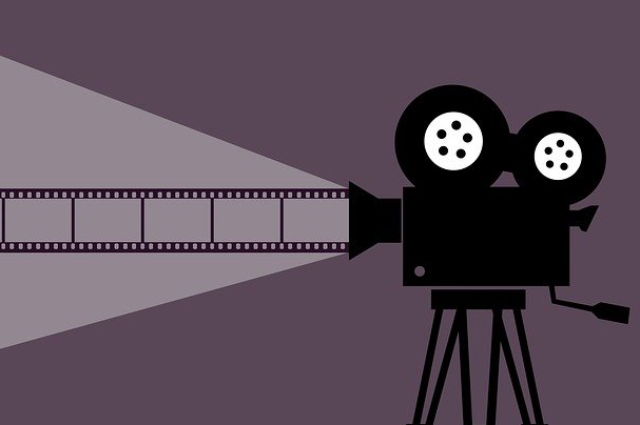
Source: Mohamed Hassan from Pixabay
The history of art or the chronology of masterpieces dates back to the stone age where 'cave art' was the only prevalent art form and the idea behind it was to pass on the inherited knowledge and to keep family history alive while spreading awareness among the masses as it had cultural and religious influence.
The notion of art got deep-rooted as people started to pursue art with extreme passion. Wall art, Madhubani paintings, Rangoli, kalamkari, and other forms of household arts took place among the female sections of the society, while art forms like nukkad natak, puppetry, Village theatre play's portraying folk performances of Ramayana (Ram-Lila) or Mahabharata were largely executed by the male community.
Festivities being the heart of the society, became major events to express one's skills and art within All sections of the society. Eventually, as art forms were growing like wildfire throughout the world, another great achievement that was setting its foot, was cultural conveyor or the Cinema. Indian cinema welcomed its first motion picture in the 1910s that was "Raja Harishchandra". Cinema holds an integral part in our lives, evolution of cinema from no color, voice, multiple reels to animation, 3D with lots of dance, action, and drama reflects the beautiful and progressive journey of this alluring craft. Bollywood had a cultural, religious, and overpowering influence on the masses, as it has been prolific in imbibing the audience with its intriguing storyline and visuals.
The advent of the new wave or modern cinema towards the '90s, wherein the historical and mythological films were replaced with reformist, female-driven, social issues to highlight and bring change and awareness, while others were focused purely on entertainment, action, dance numbers, masala, romance, and comedy still controls the Bollywood industry that people are obsessed with. 90's also got global acknowledgment and appreciation as the international film industry praised the fast pace and hard work that was put into this art.
The 1950s and '60s are witnessed as the "Golden age" of Indian Cinema and saw the rise of some remarkably unmatched and memorable actors like Raj Kapoor Madhubala, Dev Anand, among others. The music industry has also played a vital part in Indian cinema, as Bollywood is incomplete without it. Songs are the life and soul of any hit movie, it gives catchy peppy beats, a lifetime hit, and plays a major role to make any movie a hit at the box office. The 1970s saw the paramount of "masala movies", to which the audiences were glued, captivated, and mesmerized.
Art is the highest form of hope, and cinema will always be rich in terms of content, market collections, and in marking its imprints on the global audience, as cinema is the most alluring fraud in the world.
